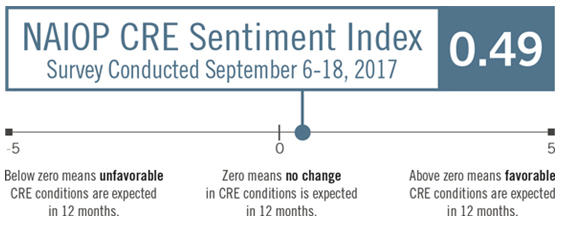Posted on December 12, 2017
The Forums provide a unique opportunity for members to openly discuss project challenges, business opportunities and lessons-learned in a confidential and non-competitive setting. Over time, fellow members become a trusted circle of advisors.
The National Forums are an excellent way to become involved, stay in touch and develop new connections with key industry leaders.
The application period for the National Forums is now open. Create an account and apply using our online tool — applications are due by February 2, 2018. Notification of appointment will be emailed and followed by letter.






 Want to predict the next real estate correction? When more than a quarter of all commercial real estate job openings are in property and asset management and acquisitions and development decline to less than 10 percent of all real estate jobs, it is a sign that the foot is coming off the gas pedal.
Want to predict the next real estate correction? When more than a quarter of all commercial real estate job openings are in property and asset management and acquisitions and development decline to less than 10 percent of all real estate jobs, it is a sign that the foot is coming off the gas pedal. Posted on December 6, 2017
Posted on December 6, 2017
 A fresh-air, 28th-floor amenity lounge has transformed a Chicago office tower.
A fresh-air, 28th-floor amenity lounge has transformed a Chicago office tower.